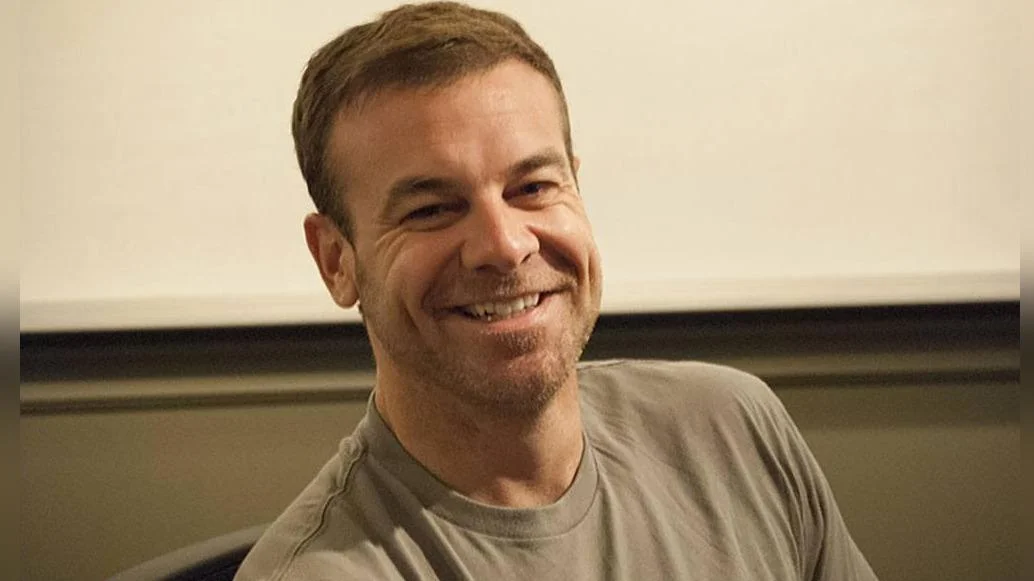Personal protective equipment (PPE) is essential for anyone applying pesticides, as it helps prevent harmful exposure to chemicals that can affect health. Experts and professionals in the lawn care industry stress the importance of using proper protection during pesticide application.
According to the Global Healing Center, pesticides can damage the endocrine system and increase cancer risk. Since most chemical exposure happens through skin contact, PPE is necessary every time pesticides are sprayed. Repeated exposure without protection increases these risks.
Lawn care activities also pose other hazards beyond chemicals. An article from GreenPal explains that mowing lawns can be dangerous, emphasizing the need for safety in all lawn maintenance tasks, not just when handling pesticides: https://www.yourgreenpal.com/blog/why-mowing-your-lawn-could-be-dangerous
The main types of PPE recommended for pesticide use include:
- Respiratory protection: Users should select a NIOSH-approved respirator suitable for the specific chemical and ensure a proper fit and regular replacement of filters.
- Headwear: Waterproof, washable headwear that covers the head, neck, and shoulders is advised. CSA-approved safety hats with rain brims or chemical-resistant hoods are preferred over items like baseball caps.
- Eye wear: Chemical protective goggles or face shields should be worn at all times during mixing or spraying to prevent eye injuries.
- Protective clothing: Rubber or vinyl coveralls and unlined rubber boots are suggested to avoid skin contact with chemicals. Absorbent materials like canvas or leather should be avoided.
- Gloves: Durable, chemical-protective gloves extending up the forearm protect hands from direct contact and reduce spreading residue after removal.
Proper maintenance of PPE is crucial. Logan with LA Lawns notes, “For PPE to be effective, it must be regularly cleaned, maintained, and properly disposed when it reaches its end of life.” Cleaning procedures include washing goggles with soap and water followed by sanitizing them with bleach; washing clothes separately using hot water; cleaning gloves before removing them; and checking expiration dates on masks and filters.
Ryan Mefford with Beast Mowed Lawncare shares his experience: “In most circumstances, pesticides can be sprayed without harm to any involved parties. Just keep in mind a few things—wearing the proper protection can significantly decrease the odds of any inhalation or skin irritation; properly washing and disposing of worn out protective gear is just as important.”
Users are reminded always to follow label requirements for PPE and consider exceeding them if possible. Those not licensed for certain pesticides should not apply them but instead hire a professional applicator. For those seeking help with lawn care tasks requiring expertise or special licensing, GreenPal offers connections to qualified professionals.


